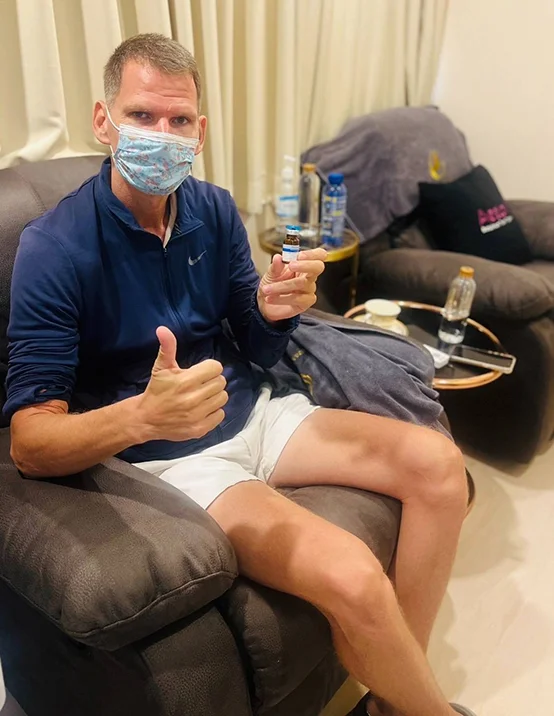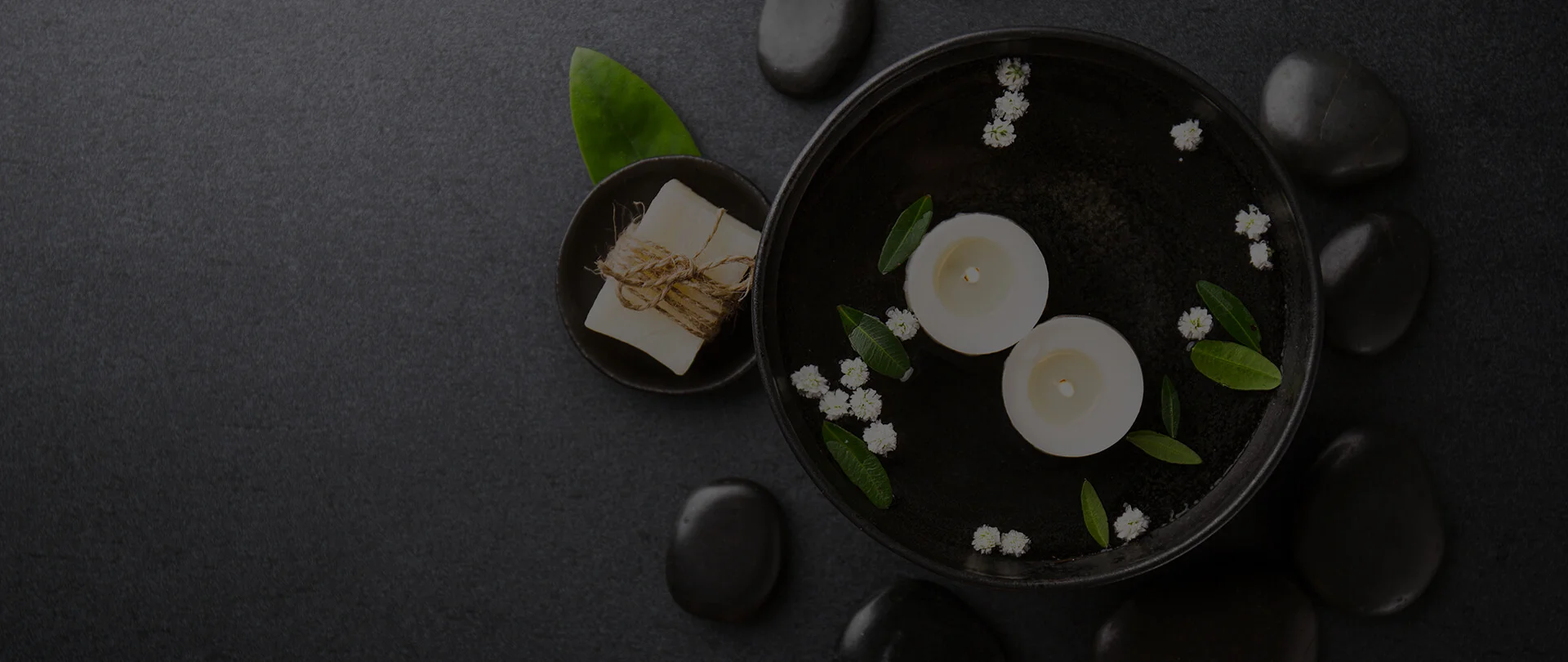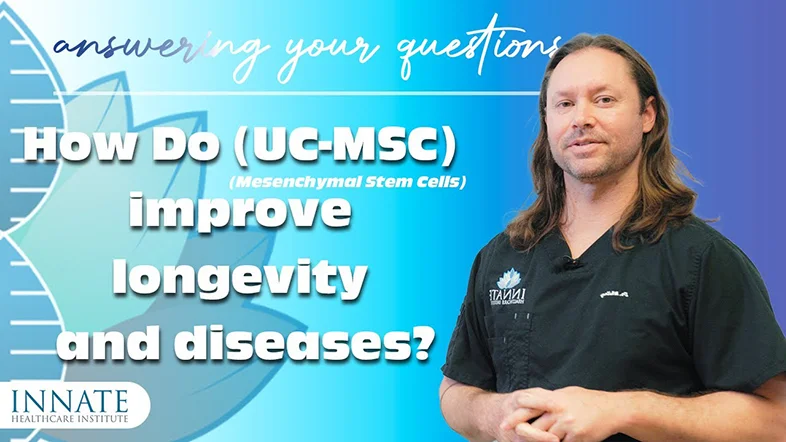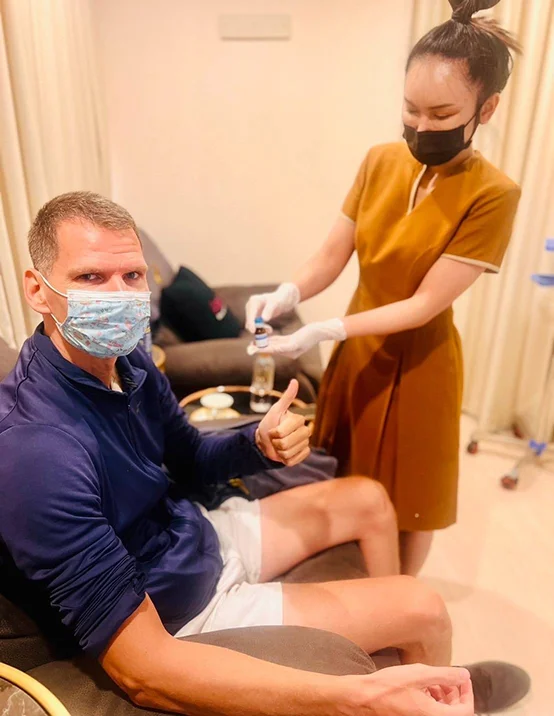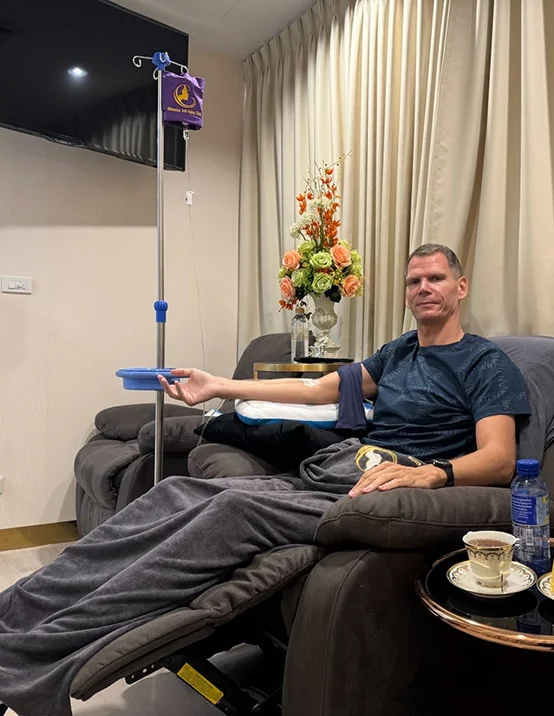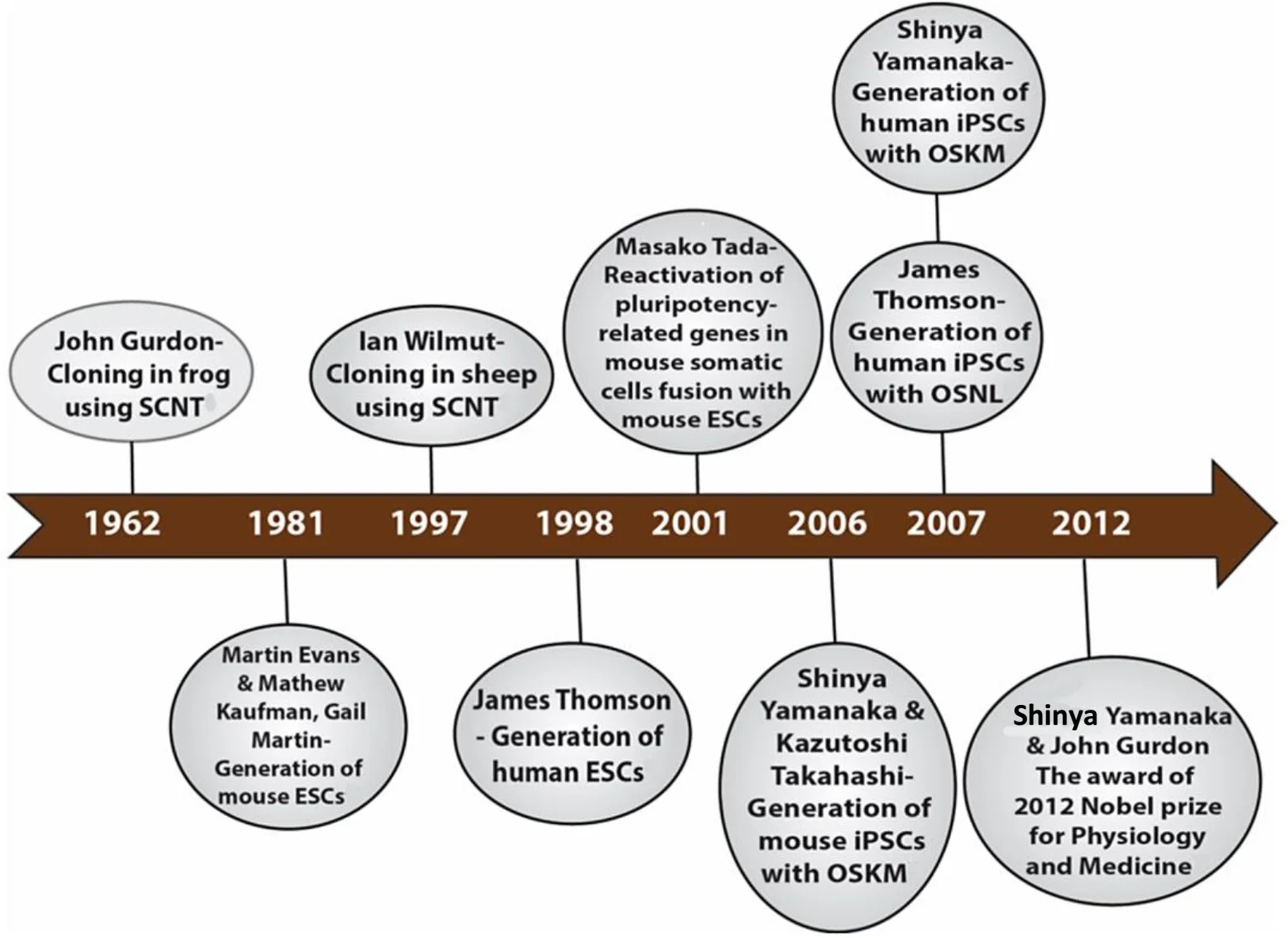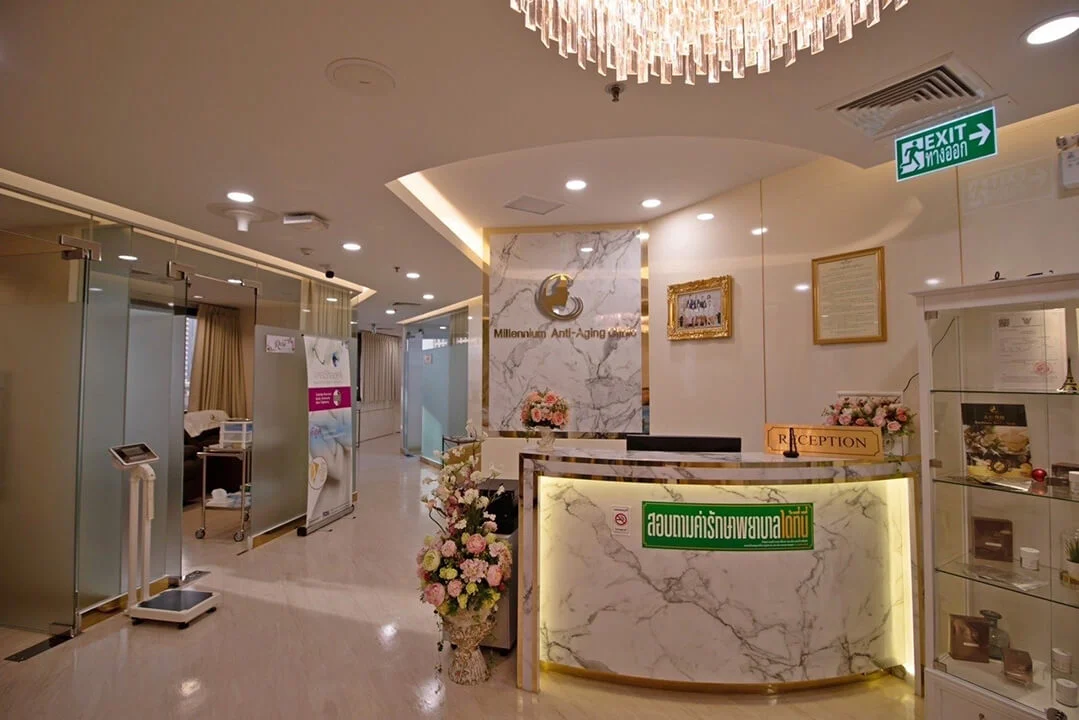We have stem cells all over in our body
Researchers have found adult stem cells in a variety of tissues. The best-known are skin stem cells and blood-forming stem cells, but stem cells also have been identified in fatty tissue, the intestines, the liver, the lungs, and skeletal muscles, as well as in the brain, blood vessels, and even, it appears, in the heart muscle. Their job seems to be to replenish tissue cells as they wear out or die from age or normal wear and tear.
How stem cell reproducing itself and at the same time creates a new cell
Like other cells in the body, tissue stem cells have the unique ability to divide. However, what sets them apart is the outcome of this division. Typically, when a stem cell divides, it produces two different types of cells. One remains a stem cell, retaining the potential for further division, while the other transforms into a specialized cell, like a blood or skin cell.
This characteristic of producing two distinct cell types is a crucial attribute of stem cells. It's not just about creating more cells; it's about maintaining a balance. While stem cells generate the specific cells needed for the body's diverse functions, they also replicate themselves. This ensures a continuous supply of stem cells, ready to create new cells for the body's ongoing maintenance and repair needs. Thus, stem cells play a dual role - as a source for specialized cells and as self-renewing cells to sustain their own population.
Fascinating how stem cells work for worms
Planaria are tiny flatworms with a super cool ability. If you cut them into as many as 32 pieces, each piece can grow back into a whole new worm, complete with a head, tail, mouth, eyes, and all its organs. This amazing skill is because planaria have lots of special cells called stem cells all over their bodies. These stem cells can turn into any type of cell the worm needs at any time. So, if you cut a part off, these stem cells get to work and create all the new parts needed.
Evidence of stem cells in your body
Humans don't have the same regeneration abilities as some animals. For instance, if we lose an arm, it won't grow back. But there are parts of our bodies that can regenerate to some extent. If you lose a fingernail, your body can grow a new one. Also, if you break a bone, your body can create new bone tissue to heal the break.
Other parts of the human body that can regenerate include blood, liver, and skin. Our bone marrow has stem cells that continuously produce new blood cells, replacing the old ones that die off. The liver also has a remarkable ability to regenerate; even if part of it is damaged, it can often regrow back to its original size.
The skin is another area where regeneration occurs. Stem cells in the skin are always working to replace old skin cells with new ones. This is important for everyday wear and tear and also helps heal minor injuries, like cuts and scrapes. For more serious injuries, the body can produce scar tissue in addition to new skin.
